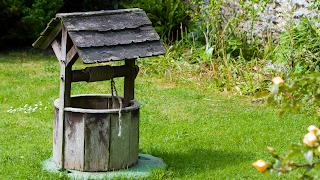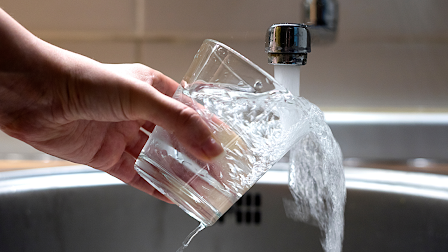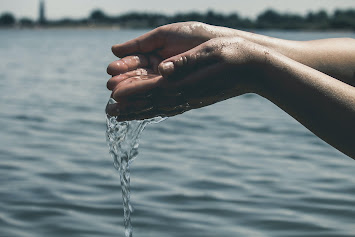Tips for Maintaining Your Well This Fall

Tomorrow is the first day of fall! To celebrate the change of the seasons, let’s look at what steps you can take to keep your well maintained this fall. 1.Keep Your Well Cap Clear of Debris Remove any physical debris from around your well. Leaves, twigs, branches or anything else that can obstruct your well cap should be cleared away. This is a great chance to also check the well cap itself for signs of deterioration 2.Prep Your Well For Winter Make sure any exposed pipe that runs through non-heated space is insulated against the cold. Foam pipe insulation is a popular choice for its ease of use. 3. Yearly Service This is also a great time to have your system checked for any issues. Many mechanical problems in your water system will become worse in winter. The cold and snow can also make it more difficult to solve these issues. If you have not had your annual service yet, get it scheduled before snow falls. That is it! Follow these three steps and you are ready to go for the fal





